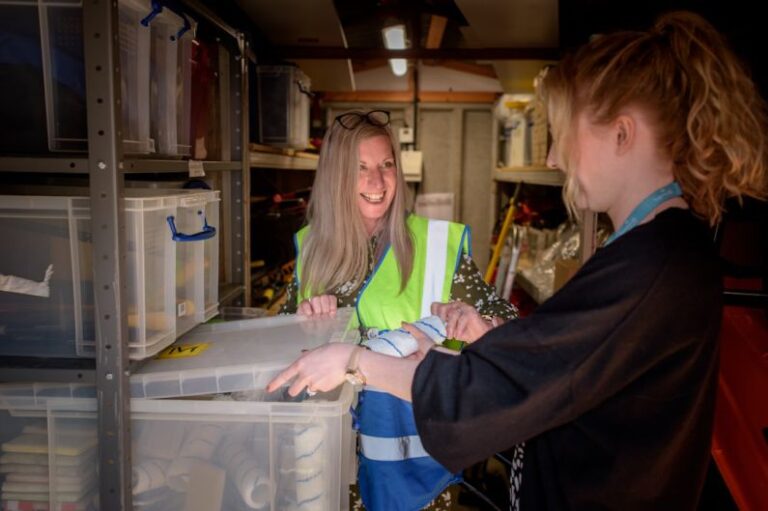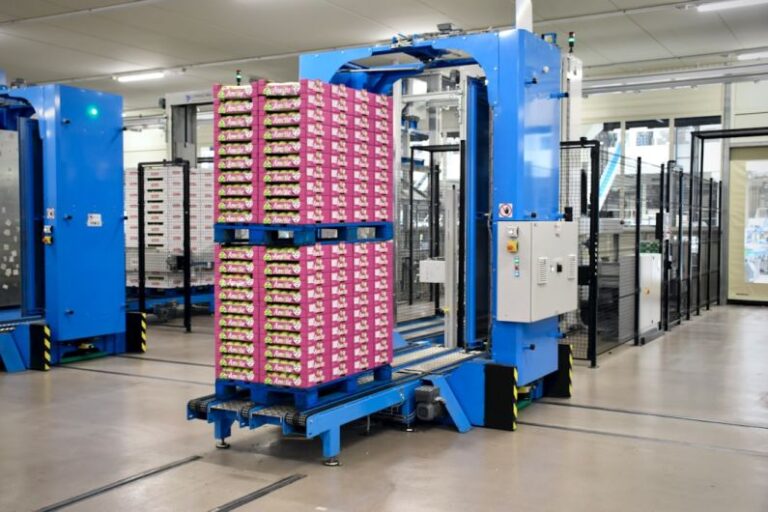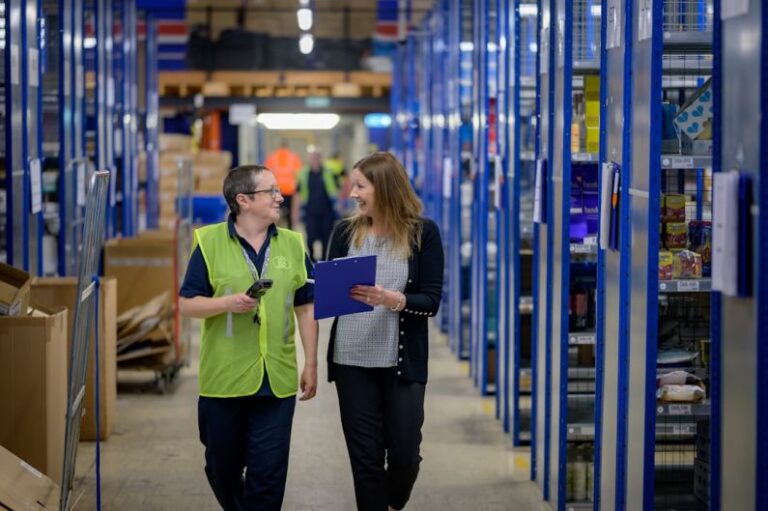Green Warehousing: Practices for Sustainability
In the fast-paced world of logistics and supply chain management, the concept of sustainability has gained significant traction in recent years. As more companies recognize the importance of reducing their environmental impact, the focus has shifted towards implementing green practices in warehousing operations. Green warehousing refers to the adoption of eco-friendly strategies and technologies to minimize the environmental footprint of warehouses while maximizing efficiency and cost-effectiveness. In this article, we will explore various practices that can help warehouses become more sustainable.
Implementing Energy-Efficient Lighting Systems
One of the most effective ways to reduce energy consumption in warehouses is by implementing energy-efficient lighting systems. Traditional lighting fixtures such as incandescent bulbs and fluorescent tubes are not only energy-intensive but also contribute to greenhouse gas emissions. By switching to LED lighting, warehouses can significantly lower their electricity usage and carbon footprint. LED lights are not only more energy-efficient but also have a longer lifespan, reducing maintenance costs in the long run.
Utilizing Solar Power
Another sustainable practice for warehouses is harnessing the power of solar energy. Installing solar panels on warehouse rooftops can help offset electricity consumption from the grid and reduce reliance on non-renewable energy sources. Solar power is a clean and renewable energy alternative that can contribute to significant cost savings over time. Many governments also offer incentives and rebates for businesses that invest in solar energy, making it an attractive option for warehouses looking to go green.
Optimizing Warehouse Layout and Design
An often-overlooked aspect of green warehousing is the layout and design of the warehouse itself. By optimizing the layout to minimize the distance traveled by workers and equipment, warehouses can reduce fuel consumption and emissions. Implementing efficient storage systems such as vertical racking and automated retrieval systems can also help maximize space utilization and reduce the overall footprint of the warehouse. Additionally, incorporating natural lighting and ventilation into the design can further reduce energy consumption and create a healthier work environment for employees.
Embracing Sustainable Packaging
In addition to optimizing internal operations, warehouses can also promote sustainability by encouraging the use of eco-friendly packaging materials. Traditional packaging materials such as plastic bubble wrap and Styrofoam peanuts are not only harmful to the environment but also contribute to waste accumulation. By switching to biodegradable and recyclable packaging materials, warehouses can minimize their environmental impact and support a circular economy. Collaborating with suppliers to adopt sustainable packaging practices can also help drive positive change throughout the supply chain.
Investing in Green Technologies
Advancements in technology have paved the way for innovative solutions that can help warehouses operate more sustainably. From automated material handling systems to smart energy management platforms, there are various green technologies available that can optimize warehouse operations and reduce environmental impact. Implementing telematics systems for fleet management, for example, can help warehouses track fuel consumption, optimize routes, and reduce emissions from transportation activities. Investing in energy monitoring systems can also provide real-time insights into energy usage and identify areas for improvement.
Creating a Culture of Sustainability
Ultimately, the success of green warehousing practices relies on creating a culture of sustainability within the organization. Educating employees on the importance of sustainability and providing training on eco-friendly practices can help foster a sense of responsibility towards the environment. Encouraging employee engagement through green initiatives such as waste reduction programs and energy-saving challenges can further promote a culture of sustainability and drive continuous improvement.
In conclusion, green warehousing is not just a trend but a necessity in today’s business landscape. By implementing energy-efficient lighting systems, utilizing solar power, optimizing warehouse layout and design, embracing sustainable packaging, investing in green technologies, and creating a culture of sustainability, warehouses can significantly reduce their environmental impact and contribute to a more sustainable future. Through collective efforts and innovative solutions, warehouses can play a vital role in building a greener and more sustainable supply chain ecosystem.






